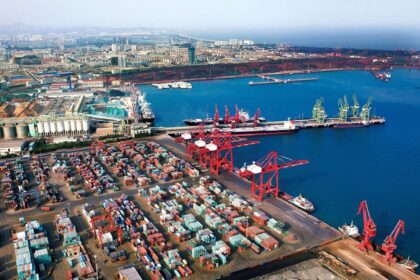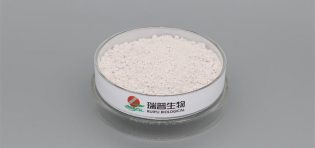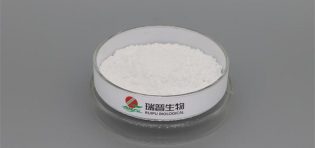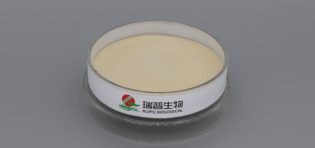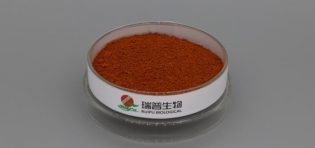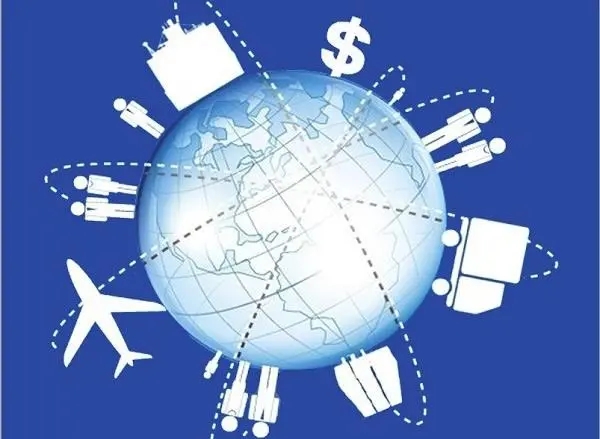
The fluctuation of export-grade magnesium oxide prices is influenced by several factors. Here are some key factors and their impacts:
Raw material costs: The production of magnesium oxide requires magnesium ore resources, and the extraction and processing costs of these resources directly affect the price of magnesium oxide. When raw material costs rise, producers may increase the selling price of magnesium oxide to maintain profit margins.
Market demand: The development of the global economy and the increasing demand for magnesium oxide are important factors driving price increases. When demand exceeds supply, prices usually rise, while decreased market demand may exert downward pressure on prices.
Transportation costs: Production sites for magnesium oxide may be distant from markets, and increases in transportation costs can lead to price increases. Additionally, fluctuations in international shipping prices can also affect the transportation costs of export-grade magnesium oxide.
International trade policies: Changes in international trade policies may also affect the prices of export-grade magnesium oxide. For example, increased tariffs may raise import costs, thereby pushing up the selling price of magnesium oxide.
In recent years, according to industry reports and market survey data, overseas magnesium oxide prices have been roughly between $200 and $500 per ton, influenced by factors such as raw material costs, market demand, and transportation costs. However, China's relatively stable raw material supply, advanced technology, stable product quality, and complete industrial chain have provided significant advantages in the international market.
The fluctuation of export-grade magnesium oxide prices is a complex issue influenced by multiple factors. Therefore, for businesses looking to purchase or export magnesium oxide, it's essential to closely monitor market dynamics and price changes to make informed decisions.

